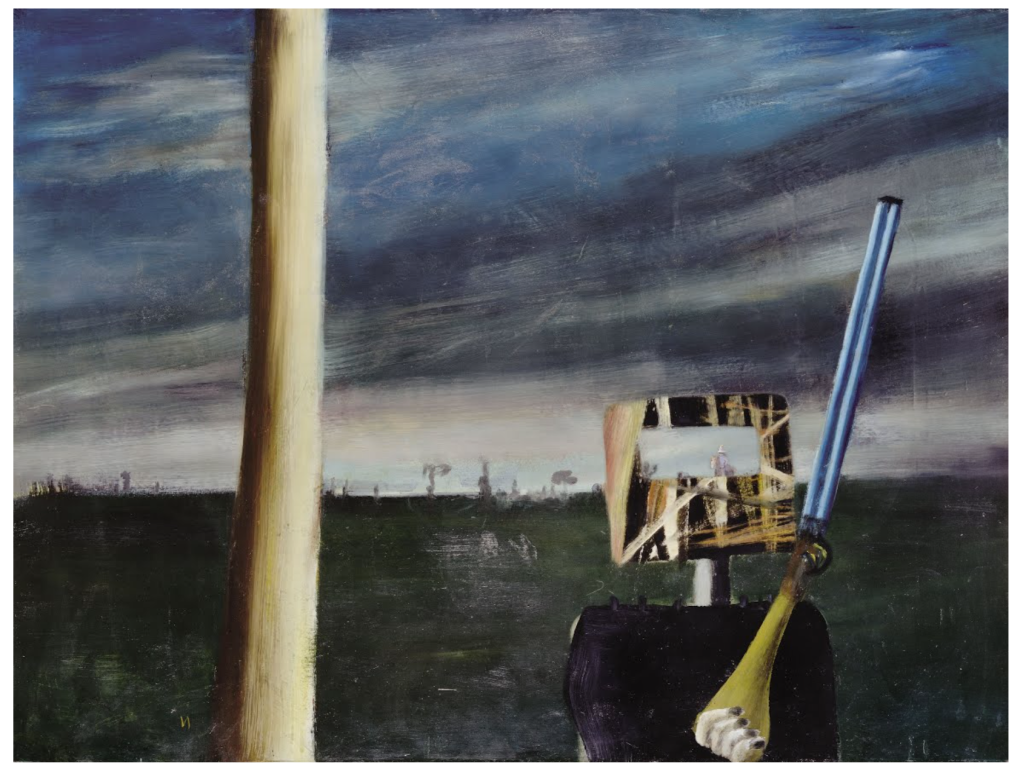If you haven’t managed to pick up a copy of Gilded Birds paper, here’s one of our articles. It’s a telephone conversation with composer, Nico Muhly, about how to listen to a piece of Contemporary music for the first time.
I guess if we start with my music, the basic currency of the music is how repetition is being used and where the emotional content is to be found. I think, in a lot of cases, there’s this hidden emotional core that exists below a lot of surface repetition. There’s a repetition game being played where it’s about things coming back but not being exactly the same or transformed slightly in some way that can mean it’s a little bit shorter or a little bit longer – or in the same way that in the calendar we have that leap year every four years, there might be something slightly off about it, some sort of corrective gesture. That’s a good itinerary through my music. The thing that’s interesting about contemporary music is that a lot of people are in some way hindered by the constant question regarding influence. It’s a bit like asking people who their parents are and insisting that everything they do has some relationship to that. It’s an obsessive genealogical way of thinking about how art is made. It’s not a bad thing but it’s a simplification and chances are if someone asks you about your influences, they’re an annoying reporter.
With any piece of contemporary music you can ask if you’re dealing with a narrative structure or a cyclical structure, or is it the kind of music where you can turn it off and turn it on again and it would always be the same. Or is it something that’s more structured, or an interplay between narrative and cyclical ideas. That’s one way to orient it. There’s also music that’s obsessive and music that’s not obsessive. Some music starts with a tiny germ and then it’s rub, rub, rub, rub, rub into a larger structure. I feel like Thomas Adès’ music is like that. Each piece has a kind of central nugget of information with this molecular tension that almost starts to spiral out of control. There’s other music like John Luther Adams where it’s an atmosphere and the drama of it is, you get the sense that if you weren’t there it would still happen. It’s like some gigantic natural thing that’s just hanging out like a big mountain. Then I think there’s music where you can always think about colour as a good path through, especially when there’s more than one instrument. You can ask if we’re in a monochromatic universe or a psychedelic universe where everything shifts very quickly.
I don’t think you need to know much about a piece in advance. I’m a big fan of printing the length of things in the programme. In contemporary orchestra music they sometimes list all the instruments in it, so you feel like you’re peeking behind the scenes for a second. But some people don’t like that. They’d rather be carried away into the ocean of the unknown. In the UK you can go to an opera and not have any printed information in front of you unless you pay for it. I feel strongly about this. I would love to have just a half sheet of A4 with the names of the singers on it and a quick reminder of what’s about to happen. There’s no shame in letting people know that it’s 90 minutes with no interval.
Some composers are interested in constant reinvention of their material. A great example is John Adams. If you listen to his music from the 80s and then his music now, it’s a really radical transformation. With Steve Reich there’s a transformation but it’s not a 180. It’s a development. It’s farther down the hole. It’s a deepening of what was once a certain kind of material and has now been turned into a master stock for sauce making. It gets more and more specific. Other people are interested in doing something a million different things so you can run into trouble with that genealogical anxiety. It’s the whole question of style and whether you choose it or you’re born with it, if it’s innate or affected. Those are good things to think about when you’re listening to new music.
You can tell people what music you like the way in which you are influenced by things but you really can’t control the way people see you or expect people to agree with your self-assessment, musically, artistically, interpersonally, in any of these things. Sometimes if I’m having a moment of low self esteem I count on people having a better image of me than I do of myself. I feel like the best thing to do is always to be completely honest or completely lie about it. Stravinsky was such a liar about his own music. He’d be asked if he used Russian folk sources in the Rite of Spring – which obviously he did – but he’d insist he didn’t, that he made it all up. There are other composers who insist that there’s no emotional content to their music, that it’s all mathematical, but then you listen to it and it sounds pretty emotional. That’s all fine. I think one of the things that made Stravinsky so fun was that he was constantly lying to biographers. He’d constantly say the exact opposite of what was actually happening. I admire that but I can’t quite get away with it. Some composers speak in such large generalities that you can’t remember what they think. I have friends who either can’t stand Strauss or Strauss is the only composer they like, so I just know that there’s some strongly held belief about Strauss but I’m not quite sure what that might be. You forget what the actual opinion is, you just remember that there is one and I think that’s a great thing to do.
When composers say they never listen to pop music, I think either they’ve never been in a car before or they’re wilfully doing it as an affectation. I find that because of where I live, how my universe is structured and who I know, it would take a lot of effort to not listen to popular music. There a high/low division that’s useful historically but not really in practice. I think it exists in as much as people give it power. It’s interesting to look at the context in which things are made. Take Bjork’s output as an example. That’s music that can exist in a lot of different contexts. If you wanted to say that it’s concert music with a lot of electronica you could totally do that. You could be sitting down, having paid hundreds of dollars to go see it, treat it like a concert where there’s no talking or clapping in between things. Or you could go to a club somewhere and hear it and be into it too. I think the sweet spot for her was Vespertine, which would work literally anywhere. It’s not about boundaries breaking down. It’s about our willingness to contextualise things more generously and say that you’re allowed to be an observer of the world around you without compromising your vision as an artist. By the way, I think all that’s fine for artists to worry about. It’s not a cute look for the listener, because it would take so much effort to not pay attention to the world around you. It’s not an argument that’s worth having with yourself. When I was an undergraduate I’d meet these pretentious boys who affected that they’d only listen to complicated Jazz. That’s such a hideous life!
As far as my music goes, I think a good starting point is the piece, “Seeing is Believing.” It has electronic elements and liturgical overtones and it’s severe and it’s twenty minutes long.





